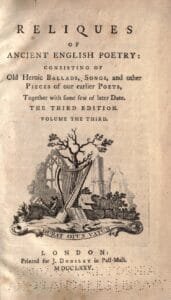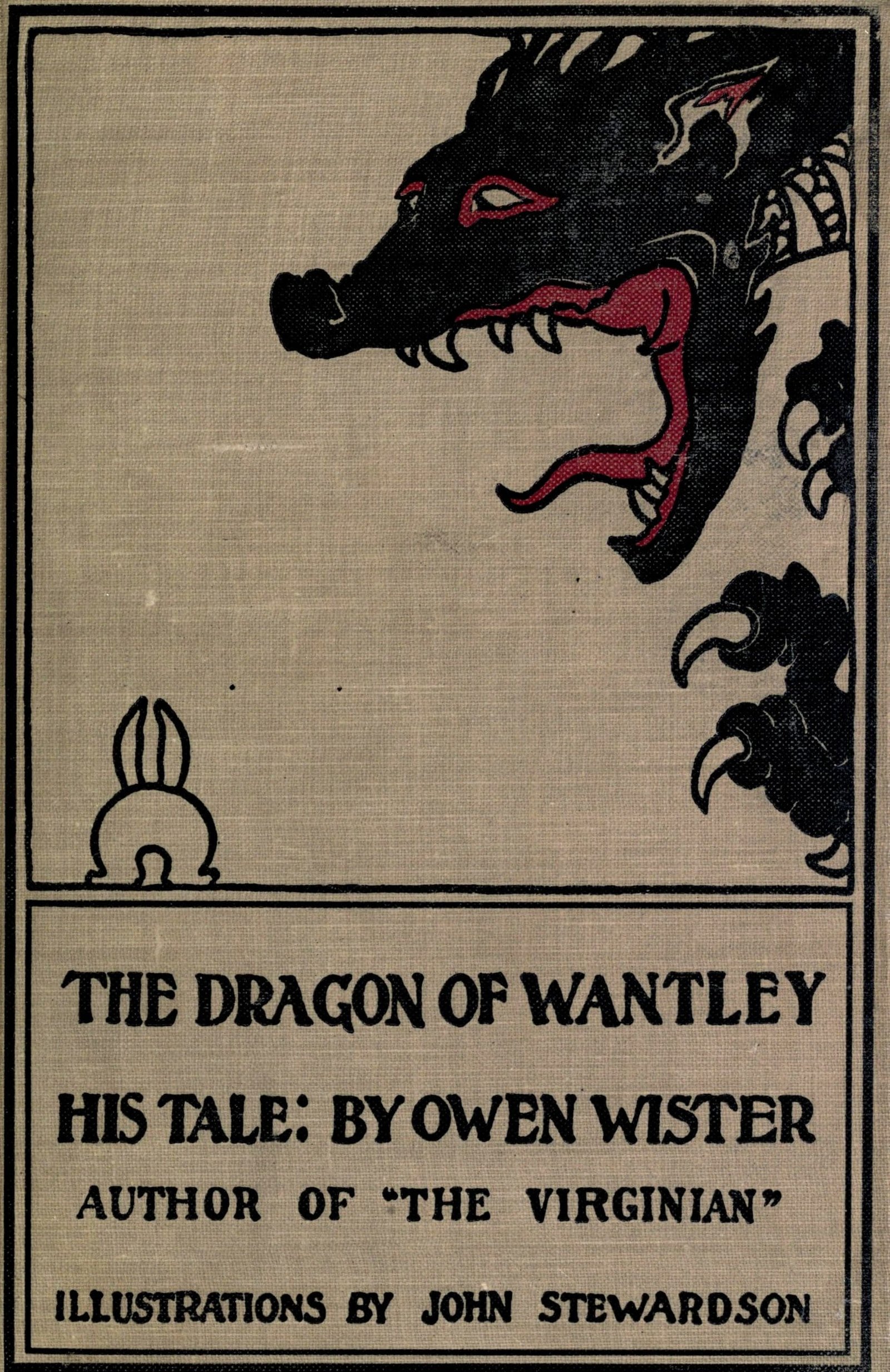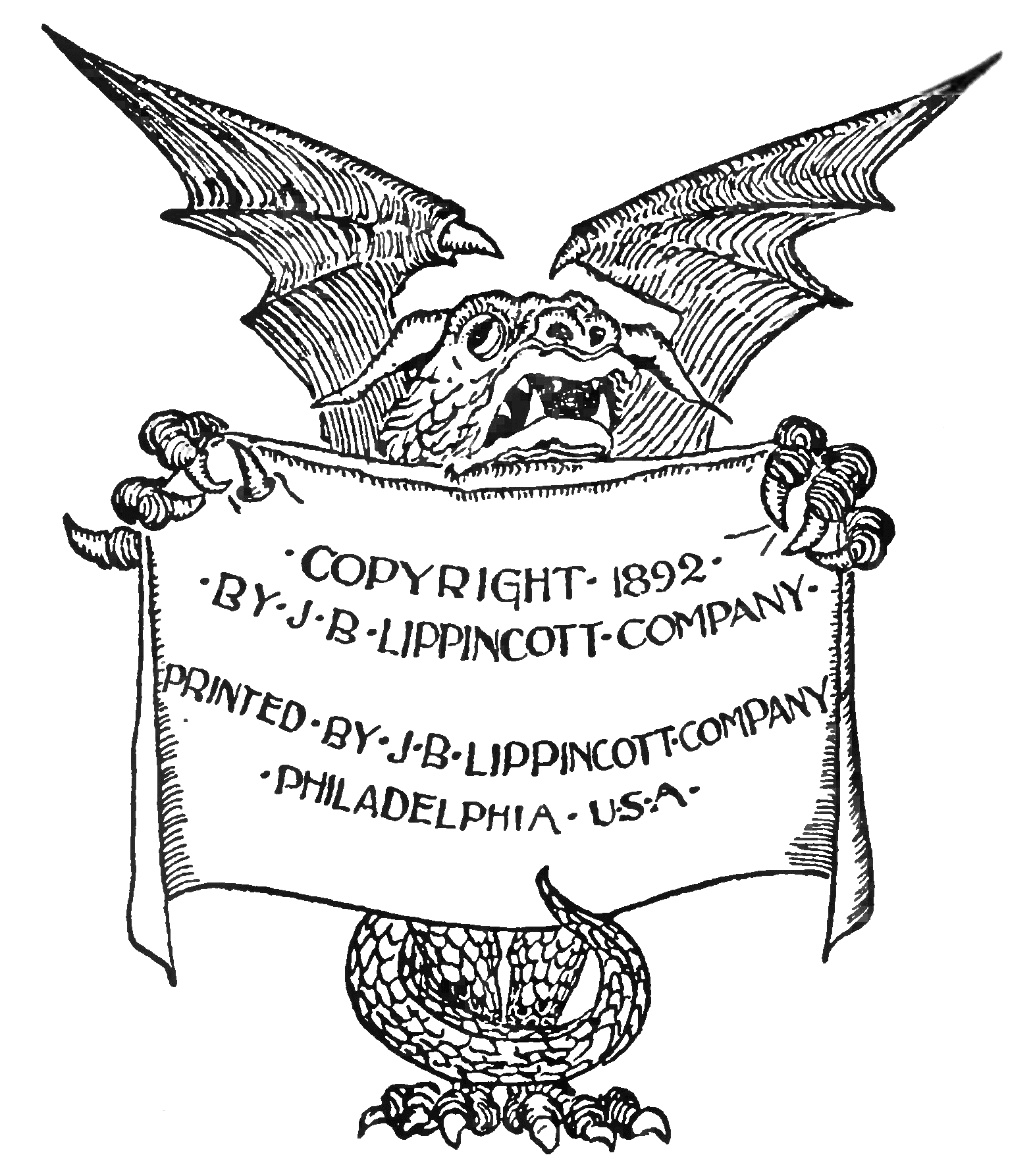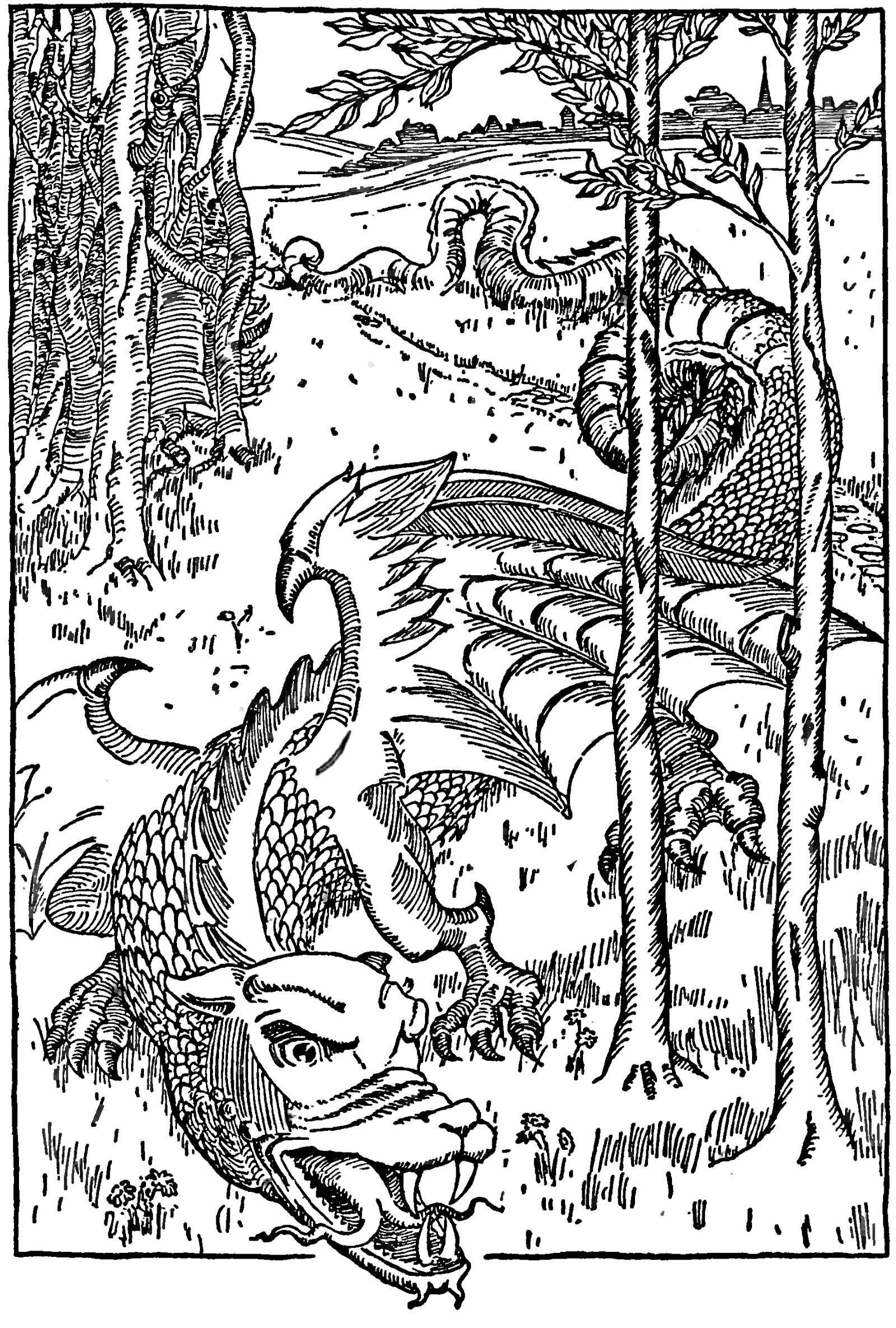The Wantley Dragon, pt. 2

Last week I told you about an unfamiliar dragon waiting for me at the bottom of a research rabbit hole. You can find that post here.
Now it’s time to look at the story behind the legend and the legacy The Dragon of Wantley as left us.
The Story Behind the Story
Historians believe that the true story behind this legend involves a law suit against the sixth Earl of Shrewsbury. In 1573, one George More of Sheffield (does the name sound familiar to anyone…) represented the ‘free men’, the Sheffield Burgery, against the Lord of the Manor of Sheffield, George Talbot, the Earl of Shrewsbury.
The earl was accused of appropriating the proceeds of Sheffield ‘waste’ land, which previously paid for Sheffield’s poor, civic works and the church upkeep. Apparently, his ancestors had started doing that as early as 1297 and it seemed that he believed he had license to continue to practice.
Ultimately, the courts did not agree and the dragon—erm earl—was defeated.
Sharing the Story
Perhaps because of the political overtones of the story behind the legend, unlike many dragon legends, the Dragon of Wantley was popularized, quite literally in song, stage and story.
A broadsheet ballad was published in 1685. An Excellent Ballad of that most Dreadful COMBATE, / FOUGHT / Between Moore of Moore-hall, and the Dragon of Wantley. These broadsheets were used in, what we would call today, community sing-alongs.


Somehow it isn’t really surprising that the bawdy, satirical ballad enjoyed wide-spread popularity in the 1700’s and 1800’s. Which probably explains its later inclusion in Percy’s Religues of Ancient English Poetry in 1767.
The ballad’s popularity inspired a burlesque opera by Henry Carey, composed by John Frederick Lampe in 1737.
Possibly piggy-backing on the original satirical nature of the ballad, the opera pointed a barb at Robert Walpole and his tax policies. Enjoying long runs at both the Haymarket Theater and Covent Gardens, the opera relied on absurd theatrics, dances, and similar elements beyond the text of the opera. Some of these elements were captured in The Musical Entertainer (1739) which contained engravings depicting the staging.




Finally, in 1892, Lippincott Press published a successful novel by Owen Wister, The Dragon of Wantley. The ‘burlesque’ comedy (as described by the author) was set as a romantic piece, at Christmastime in the early 13th century. The book went through four editions between 1892 and 1902.



As if all this was not enough, the Sheffield area also boasts a monuments to the dragon in stone. The town hall has a bas-relief frieze depicting Moore and the dragon displayed at its entrance.

And finally, a stone wall slithers its way down hill near the place where legend says More battled the dragon. The wall ends in a dramatic stone dragon head.

Talk about a popular dragon!
What do you think? Tell me in the comments!
You can find part one of the Dragon of Wantley HERE
Find more Dragon Myths of Britain HERE
If you’d like to check out other versions of the dragons story you can find them here:
- The full text of The Dragon of Wantley at Wikisource
- The Dragon of Wantley public domain audiobook at LibriVox
- The Dragon of Wantley opera on YouTube
- The Dragon of Wantley, 1892 novel by Owen Wister https://www.fantasticfiction.com/w/owen-wister/dragon-of-wantley.htm
References
A True Relation of the Dreadful Combate Between More of More-Hall, and the Dragon of Wantley. 1685
Cash, Cassidy. Dragons in Shakespeare’s England. Cassidy Cash. Aug 15, 2022. Accessed September 30, 2022. https://www.cassidycash.com/dragons-in-shakespeares-england/
Flight, Tim. St. Georgie and Beyond: 12 Dragon-Slayers from Around the World. History Collection. May 4, 2018. Accessed October 23, 2022. https://historycollection.com/st-george-and-beyond-12-dragon-slayers-from-around-the-world/7/
Schiffino, Andres. The Dragon of Wantley. Atlas Obscura. February 24, 2021, Accessed October 1, 2022 https://www.atlasobscura.com/places/the-dragon-of-wantley
The Dragon of Wantley. Planet Hugill. 8 April 2015. Accessed October 1, 2022 https://www.planethugill.com/2015/04/the-dragon-of-wantley.html
Images:
Bas-relief of the the Earl of Wharncliffe slaying a dragon. Sheffield Town Hall, 1897 by Chemical Engineer, Aug 2009
An Excellent Ballad of that most Dreadful COMBATE, / FOUGHT / Between Moore of Moore-hall, and the Dragon of Wantley. Printed by and for C. Brown, and T. Norris, and sold / by J. VValter, at the Golden Ball in Pye-corner. EBBA ID: 31321 British Library C.121.g.9.(118.) https://ebba.english.ucsb.edu/ballad/36901/image
Title page of the third edition of Reliques of Ancient English Poetry (1775).
Novel Dragon of Wantley, His Tale, author Owen Wister, Illustrator, Jon Stewardson
Lampe, John Frederick, and Carey, Henry. The Dragon of Wantley-Mooore fighting with ye Dragon. In Gickman, Georgie: The Musical Entertainer, Vol 2, p 32, 1737
June, John. The Drago of Wantley. In Carey, Henry. The Dragon of Wantley. T. Lowndes, 1770.
Lampe, John Frederick, and Carey, Henry. The Dragon of Wantley-title pages of the libretto, second edition. London: 1737 .

This semester I taught a class at co-op about Shakespeare and Tudor England. I was surprised that I was able to use nursery rhymes as a framework to teach the history of the Tudors. Many of the nursery rhymes that we know today were written in Tudor England. The people wanted to ridicule and poke fun at the Kings, Queens, and high officials but they often were tossed in jail or beheaded for this type of free speech. So they immortalized their social critic in the form of nursery rhymes. I had to edit my findings for my class of 3rd to 6th graders, but wow! That was a great rabbit hole to explore! So it does not surprised me that you found a ballad ridiculing a lord in dragon form. the lord could probably have jailed the author for this ‘disrespectful’ free speech.
( The Wantley Dragon – with music. )
! Ah Ha ! I found it! the best ( well the one I came across years ago in MSU’s music library ) version. On page 10 of d’Urfey’s Pills ( Wit and Mirth, or Pills to Purge Melancholy ) available from the Royal Library of Scotland – https://digital.nls.uk/special-collections-of-printed-music/archive/87643538.
Somewhat less polite. ( Pills is a _serious rabbit hole. ) Have fun!